Home>Gardening & Outdoor>Landscaping Ideas>What To Put Under Mulch To Kill Grass
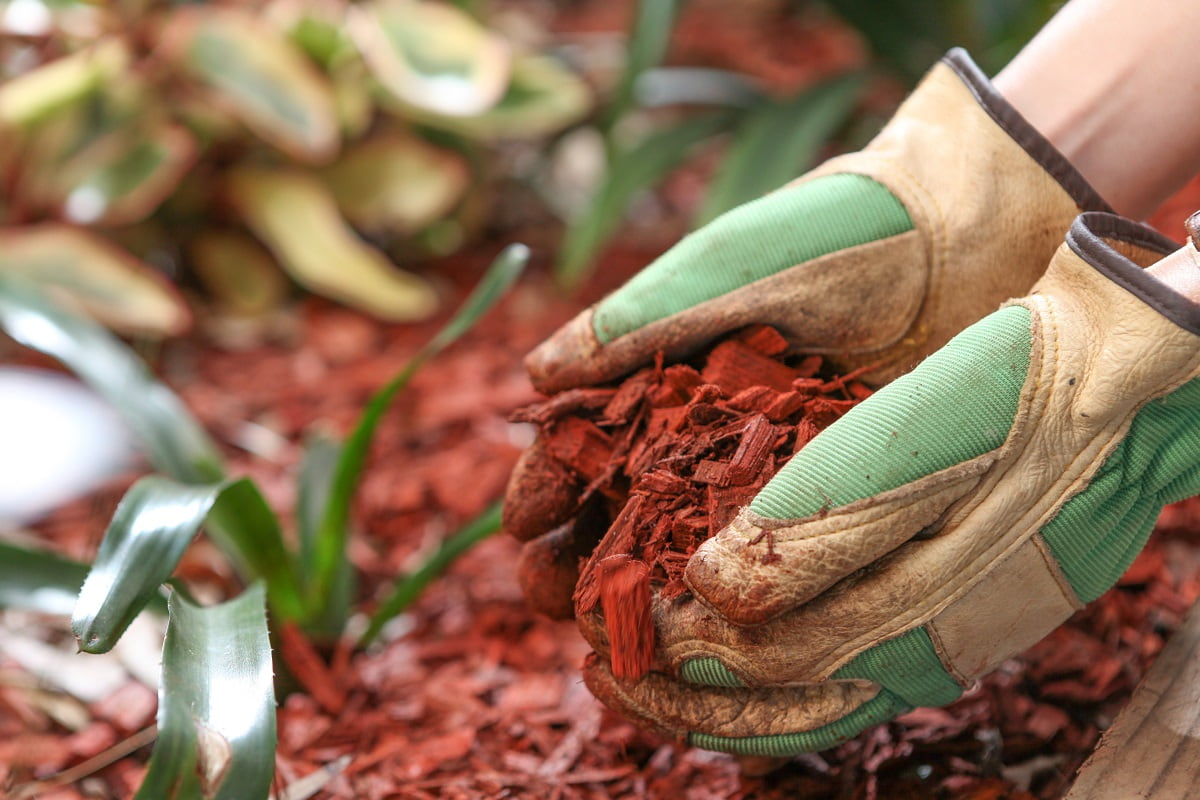

Landscaping Ideas
What To Put Under Mulch To Kill Grass
Published: January 29, 2024
Discover effective landscaping ideas for killing grass under mulch. Find out what to put under mulch to prevent weed growth and maintain a pristine garden.
(Many of the links in this article redirect to a specific reviewed product. Your purchase of these products through affiliate links helps to generate commission for Storables.com, at no extra cost. Learn more)
Introduction
Welcome to the world of landscaping, where the battle against unwanted grass and weeds is a common challenge. If you’ve been struggling to keep your garden or flower bed free of invasive grass, mulch can be your secret weapon. In this comprehensive guide, we’ll explore the effective use of mulch to suppress grass and promote a thriving, low-maintenance landscape.
Whether you’re a seasoned gardener or just starting out, the struggle against encroaching grass can be a daunting task. It seems that no matter how much effort is put into planting and nurturing your desired plants, the persistent grass always finds a way to disrupt the harmony of your landscape. However, with the right approach and materials, you can reclaim control and create a flourishing, weed-free environment.
By understanding the benefits of using mulch to combat unwanted grass, learning about the required materials, and following the steps to properly apply and maintain the mulch, you’ll be equipped with the knowledge and tools needed to transform your outdoor space into a beautiful and hassle-free oasis.
Let’s delve into the world of landscaping and discover how mulch can be a game-changer in your quest to eliminate unwanted grass and create a stunning outdoor sanctuary.
Key Takeaways:
- Mulch is a natural and effective way to suppress grass and weeds, while also enhancing the beauty of your landscape. It helps retain moisture, prevents weed growth, and requires minimal maintenance for a stunning outdoor space.
- To effectively use mulch to kill grass, clear the area, install edging, apply weed barrier fabric, and evenly distribute the mulch. Regular maintenance, such as weed monitoring and mulch renewal, is essential for long-term success.
Read more: How To Kill Grass Growing Through Mulch
Why Use Mulch to Kill Grass
Using mulch to kill grass offers a natural and effective solution to combat unwanted vegetation while simultaneously enhancing the aesthetic appeal of your landscape. Mulch serves as a protective barrier, preventing sunlight from reaching the underlying grass and hindering its growth. This method is advantageous for several reasons:
- Weed Suppression: Mulch acts as a natural weed suppressant, inhibiting the germination and growth of grass and other unwanted plants. By creating a barrier that restricts sunlight and airflow, mulch helps to suffocate existing grass and prevent new growth.
- Moisture Retention: Mulch aids in retaining soil moisture, which is beneficial for desired plants while creating an unfavorable environment for grass and weeds. By reducing water evaporation and maintaining consistent soil moisture, mulch discourages the growth of grass and promotes the health of your chosen vegetation.
- Soil Protection: The application of mulch helps to insulate the soil, protecting it from temperature fluctuations and erosion. This protective layer fosters a healthy environment for desirable plants, while making it difficult for grass to take root and thrive.
- Enhanced Aesthetics: Mulch provides a visually appealing and uniform ground cover that complements the overall design of your landscape. With various textures and colors available, mulch allows you to customize the appearance of your outdoor space while effectively suppressing grass and weeds.
- Low Maintenance: Once properly applied, mulch requires minimal maintenance, offering a long-term solution for controlling unwanted grass. This low-maintenance approach saves time and effort, allowing you to enjoy a beautiful and weed-free landscape with ease.
With these compelling benefits, using mulch to kill grass is a practical and environmentally friendly method that aligns with the principles of sustainable landscaping. By leveraging the natural properties of mulch, you can effectively combat unwanted grass while nurturing a thriving and visually captivating outdoor environment.
Materials Needed
Before embarking on your journey to suppress grass with mulch, it’s essential to gather the necessary materials to ensure a successful and enduring outcome. Here’s a comprehensive list of the materials required for this endeavor:
- Mulch: Select a high-quality mulch material such as wood chips, bark mulch, straw, or shredded leaves. Consider the aesthetic appeal, moisture retention properties, and longevity of the mulch when making your choice.
- Edging Material: Depending on the area you intend to mulch, edging materials such as plastic, metal, or stone may be needed to create a clear boundary between the mulched area and the surrounding landscape or lawn.
- Weed Barrier Fabric: To further inhibit grass and weed growth, consider using a permeable weed barrier fabric to lay beneath the mulch. This fabric prevents weed seeds from germinating while allowing water and nutrients to penetrate the soil.
- Shovel or Spade: A sturdy shovel or spade is essential for removing existing grass and preparing the area for mulch application.
- Rake: A rake is necessary for leveling the soil and distributing the mulch evenly across the designated area.
- Wheelbarrow or Bucket: Use a wheelbarrow or bucket to transport and distribute the mulch efficiently.
- Gloves: Protect your hands with sturdy gardening gloves when handling mulch and performing landscape preparation tasks.
- Protective Eyewear: Safety goggles or glasses are recommended when working with mulch to shield your eyes from dust and debris.
By ensuring that you have these materials on hand, you’ll be well-equipped to execute the process of suppressing grass with mulch effectively and with minimal interruptions. With the proper materials in place, you can proceed confidently and achieve the desired results in your quest for a pristine and weed-free landscape.
Steps to Prepare the Area
Proper preparation of the designated area is crucial for the successful application of mulch to suppress grass. By following these essential steps, you can create an optimal environment for mulch installation and ensure long-term effectiveness in controlling unwanted vegetation:
- Clear the Area: Begin by clearing the area of any existing grass, weeds, and debris. Use a shovel or spade to remove the top layer of grass and its roots, creating a clean and level surface for the mulch.
- Install Edging: If the mulched area borders a lawn or garden bed, install edging materials to create a distinct boundary. This will prevent grass from encroaching into the mulched area and maintain a tidy separation between the mulch and surrounding landscape.
- Apply Weed Barrier Fabric: For added weed suppression, consider laying a permeable weed barrier fabric over the prepared soil. Cut the fabric to fit the area and secure it in place, ensuring that it extends to the edges of the designated mulched space.
- Level the Soil: Use a rake to level the soil and remove any remaining debris or rocks. This step ensures an even surface for the application of mulch and promotes consistent coverage across the entire area.
- Calculate Mulch Quantity: Determine the amount of mulch needed by measuring the length and width of the area and calculating the square footage. This will guide you in purchasing the appropriate quantity of mulch for adequate coverage.
By meticulously preparing the area in accordance with these steps, you’ll establish a solid foundation for the successful application of mulch to suppress grass. This thoughtful preparation sets the stage for optimal mulch performance and long-lasting weed control, allowing you to enjoy a pristine and well-maintained landscape for years to come.
Lay down a layer of cardboard or thick black plastic under the mulch to block sunlight and smother the grass. This will help prevent the grass from growing through the mulch.
Applying the Mulch
With the area meticulously prepared, it’s time to embark on the transformative process of applying mulch to suppress grass and create a visually appealing landscape. Follow these steps to ensure the proper and effective application of mulch:
- Even Distribution: Begin by spreading the mulch evenly across the prepared area using a wheelbarrow or bucket. Ensure that the mulch layer is consistently distributed, maintaining a depth of 2 to 4 inches for optimal weed suppression and moisture retention.
- Edge Maintenance: Pay special attention to the edges of the mulched area, ensuring that the mulch meets the installed edging materials. This meticulous approach prevents grass from infiltrating the mulched space and maintains a clean and defined border.
- Layer Thickness: Avoid excessive mulch depth, as this can hinder air and water penetration and lead to moisture retention issues. Conversely, a thin layer may not provide sufficient weed suppression. Aim for a balanced thickness to maximize the benefits of mulch while preventing potential drawbacks.
- Perimeter Inspection: Once the mulch is evenly distributed, inspect the perimeter of the mulched area to confirm that the edging materials are secure and that the transition between the mulch and surrounding landscape is well-defined.
- Watering: After applying the mulch, water the area gently to settle the mulch and promote integration with the soil. This step facilitates moisture retention and aids in the establishment of a stable mulch layer.
By following these steps with care and attention to detail, you can achieve a professional and effective application of mulch to suppress grass. The result will be a visually striking landscape that is free from unwanted vegetation, setting the stage for the flourishing growth of your desired plants and a low-maintenance outdoor sanctuary.
Read more: What To Put Under Trampoline On Grass
Maintaining the Mulch Area
After successfully applying mulch to suppress grass and create a pristine landscape, it’s essential to implement proper maintenance practices to ensure the long-term effectiveness of the mulch and the overall health of your outdoor environment. Here are key steps for maintaining the mulch area:
- Weed Monitoring: Regularly inspect the mulched area for any signs of weed growth. Promptly remove any emerging weeds to prevent them from establishing a foothold in the mulch and competing with desired plants for nutrients and resources.
- Moisture Management: Monitor the moisture levels in the mulched area, especially during dry periods. Supplemental watering may be necessary to maintain adequate soil moisture and support the health of your chosen plants while inhibiting the growth of grass and weeds.
- Mulch Renewal: Over time, mulch may break down and decompose, necessitating periodic renewal to maintain its effectiveness. Add a fresh layer of mulch as needed to uphold weed suppression, moisture retention, and visual appeal.
- Edging Maintenance: Inspect the edging materials regularly to ensure their stability and functionality in delineating the mulched area. Repair or adjust edging as necessary to prevent encroachment of grass and maintain a tidy border.
- Aeration: Periodically aerate the mulch to promote air and water circulation, which supports the overall health of the soil and desired plants. Gently loosen the mulch with a rake to prevent compaction and enhance its performance.
By consistently implementing these maintenance practices, you can preserve the integrity of the mulch area and sustain its effectiveness in suppressing grass and enhancing the beauty of your landscape. With attentive care and proactive maintenance, your mulched space will continue to thrive as a vibrant and weed-free focal point of your outdoor environment.
Conclusion
In the realm of landscaping, the strategic use of mulch to suppress grass offers a multifaceted solution that combines functionality, aesthetics, and sustainability. By leveraging the natural properties of mulch, you can effectively combat unwanted vegetation while nurturing a visually captivating and low-maintenance outdoor space.
Through the deliberate application of mulch, you create a protective barrier that inhibits the growth of grass and weeds, fostering an environment where desired plants can thrive. The moisture retention properties of mulch contribute to the overall health of your landscape, while the uniform and visually appealing ground cover enhances the aesthetic appeal of your outdoor environment.
Furthermore, the sustainable nature of mulch aligns with the principles of eco-friendly landscaping, offering a natural and environmentally conscious approach to weed suppression and soil protection. By choosing high-quality mulch materials and implementing proper maintenance practices, you can enjoy a resilient and enduring solution for controlling unwanted grass and maintaining a pristine landscape.
As you embark on your journey to incorporate mulch into your landscaping endeavors, remember that attention to detail and proactive maintenance are key to sustaining the effectiveness of mulch in suppressing grass. By following the steps outlined in this guide and tending to the ongoing care of your mulched area, you’ll reap the rewards of a beautiful, weed-free landscape for years to come.
Embrace the transformative power of mulch, and witness the evolution of your outdoor space into a flourishing and harmonious sanctuary that reflects your dedication to sustainable and visually captivating landscaping.
Frequently Asked Questions about What To Put Under Mulch To Kill Grass
Was this page helpful?
At Storables.com, we guarantee accurate and reliable information. Our content, validated by Expert Board Contributors, is crafted following stringent Editorial Policies. We're committed to providing you with well-researched, expert-backed insights for all your informational needs.
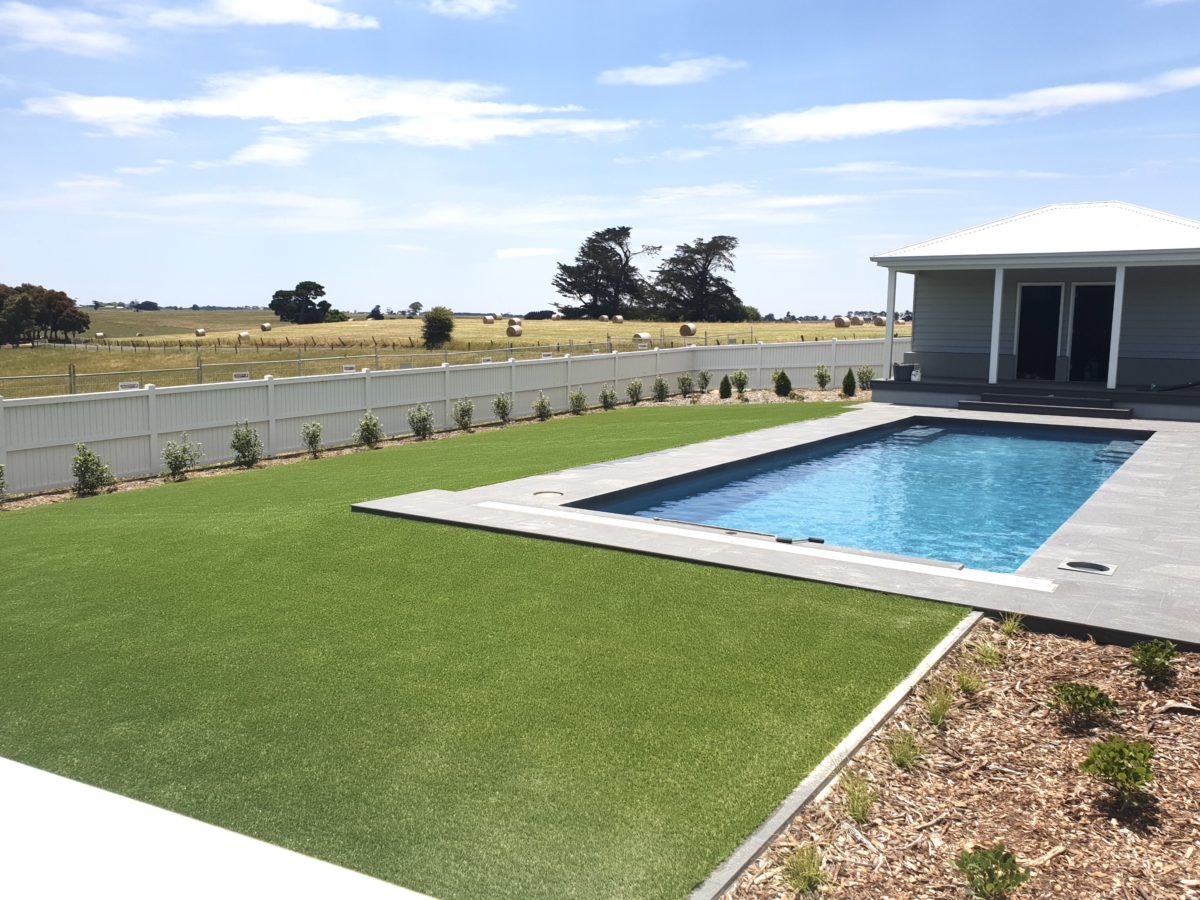
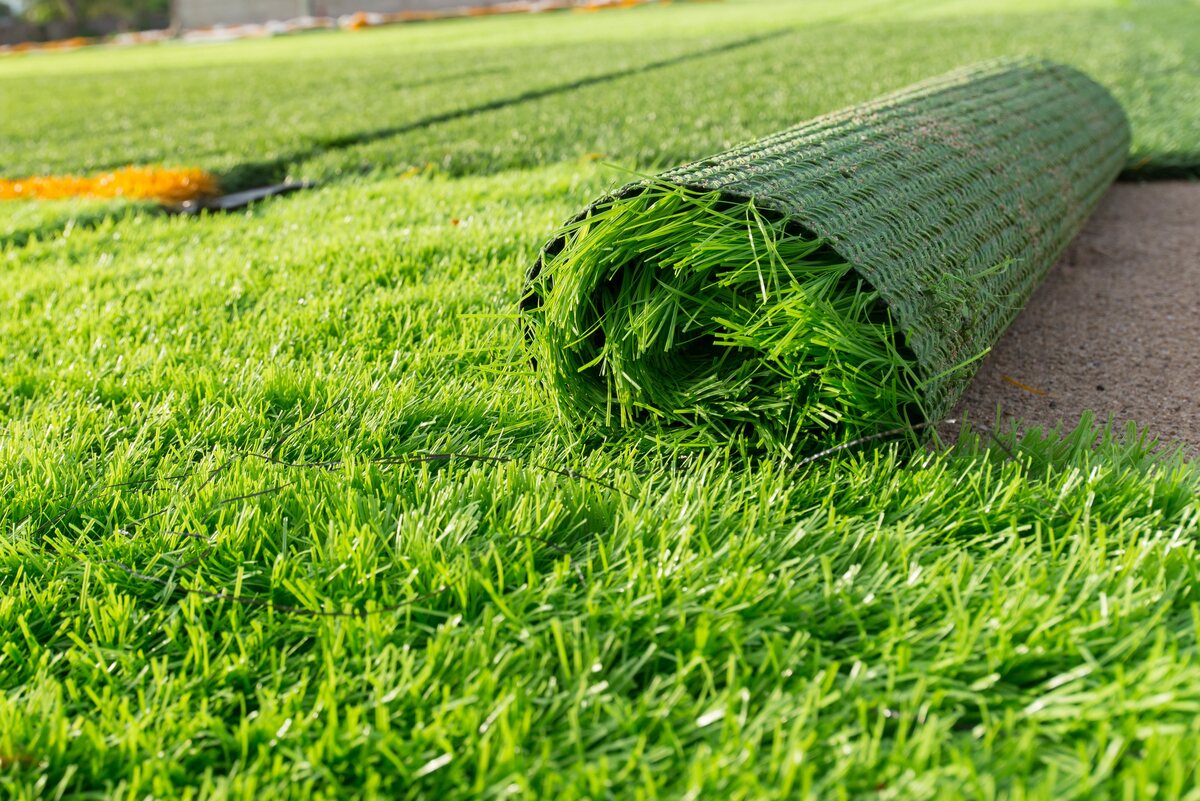
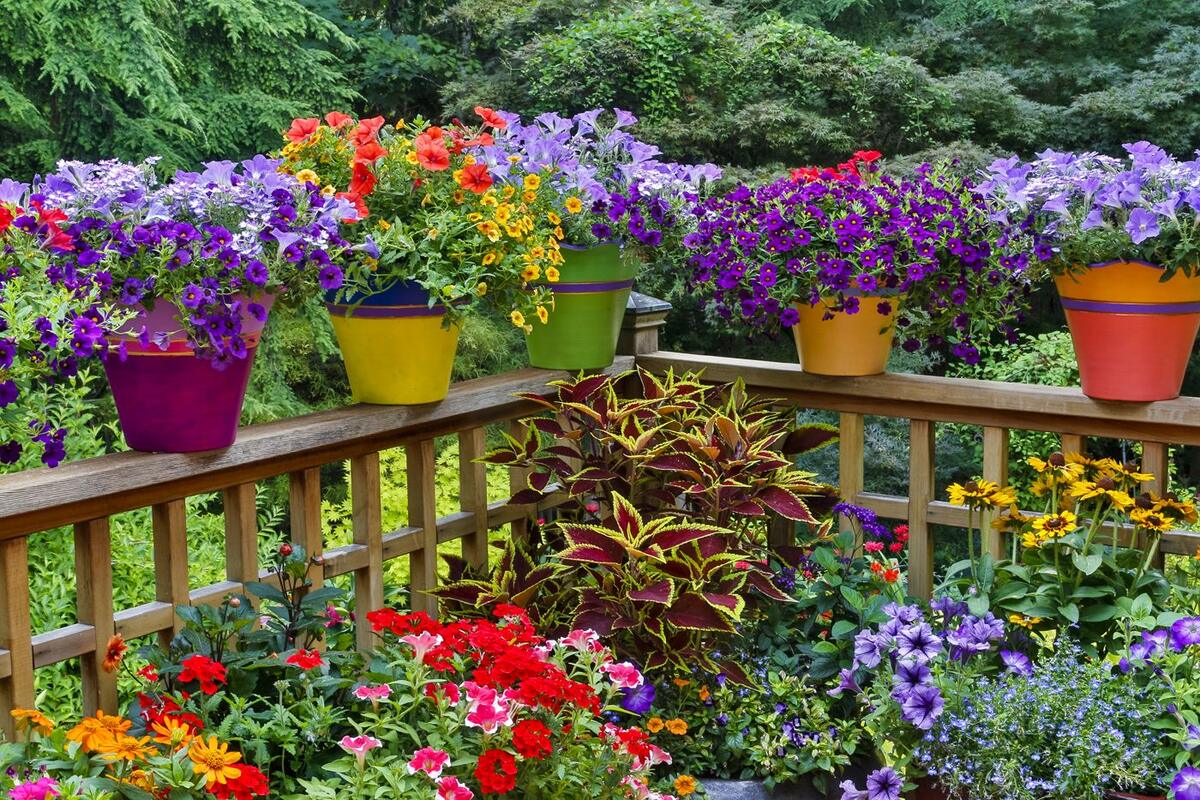
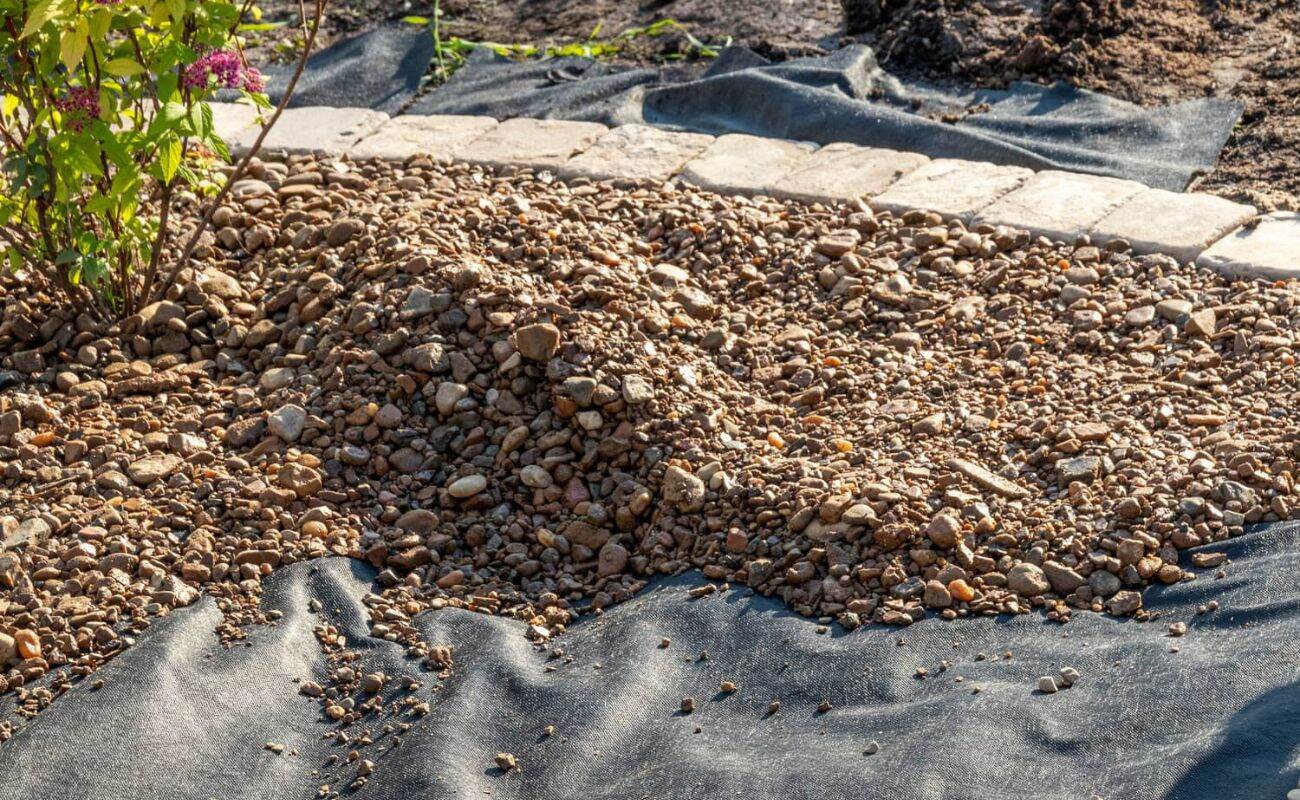
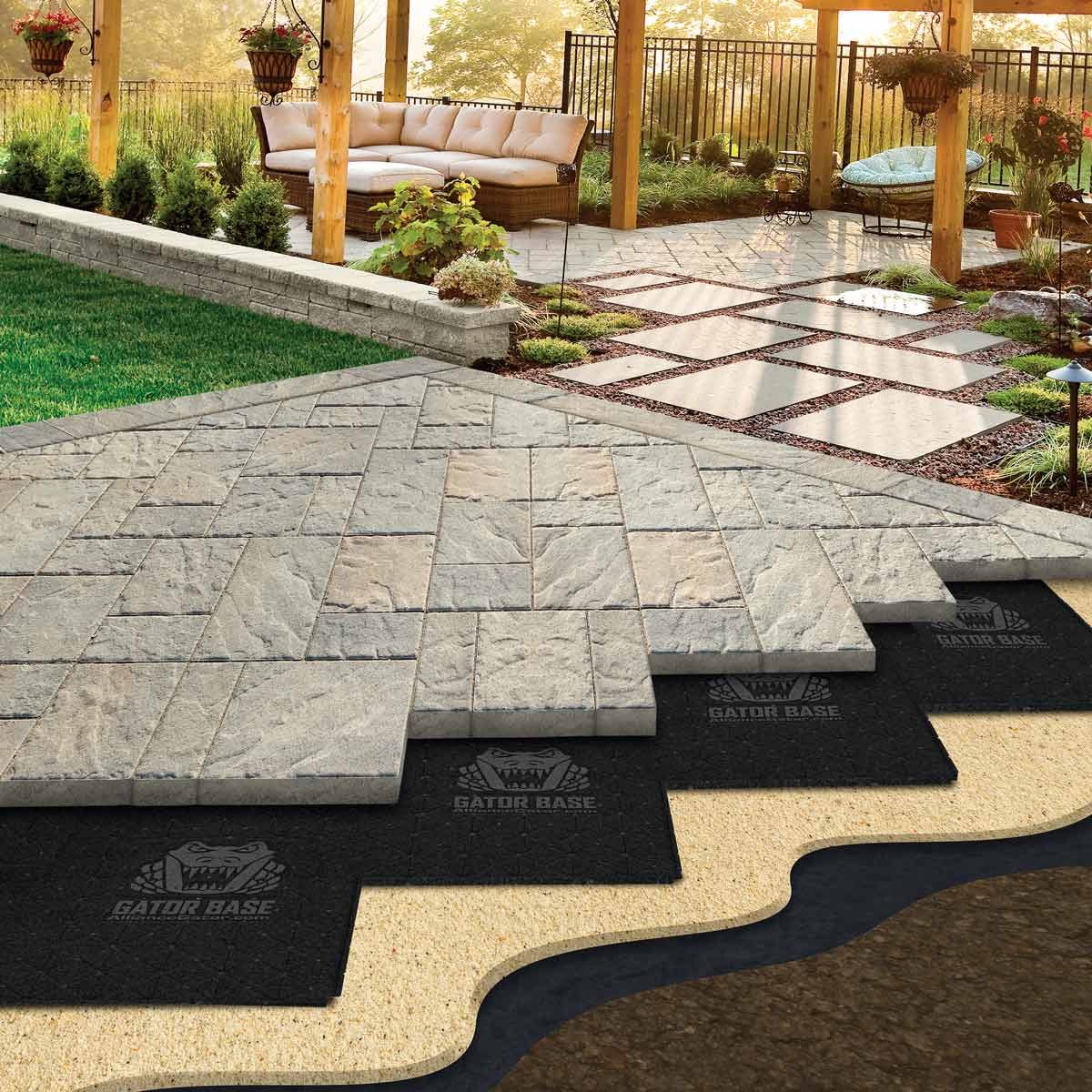
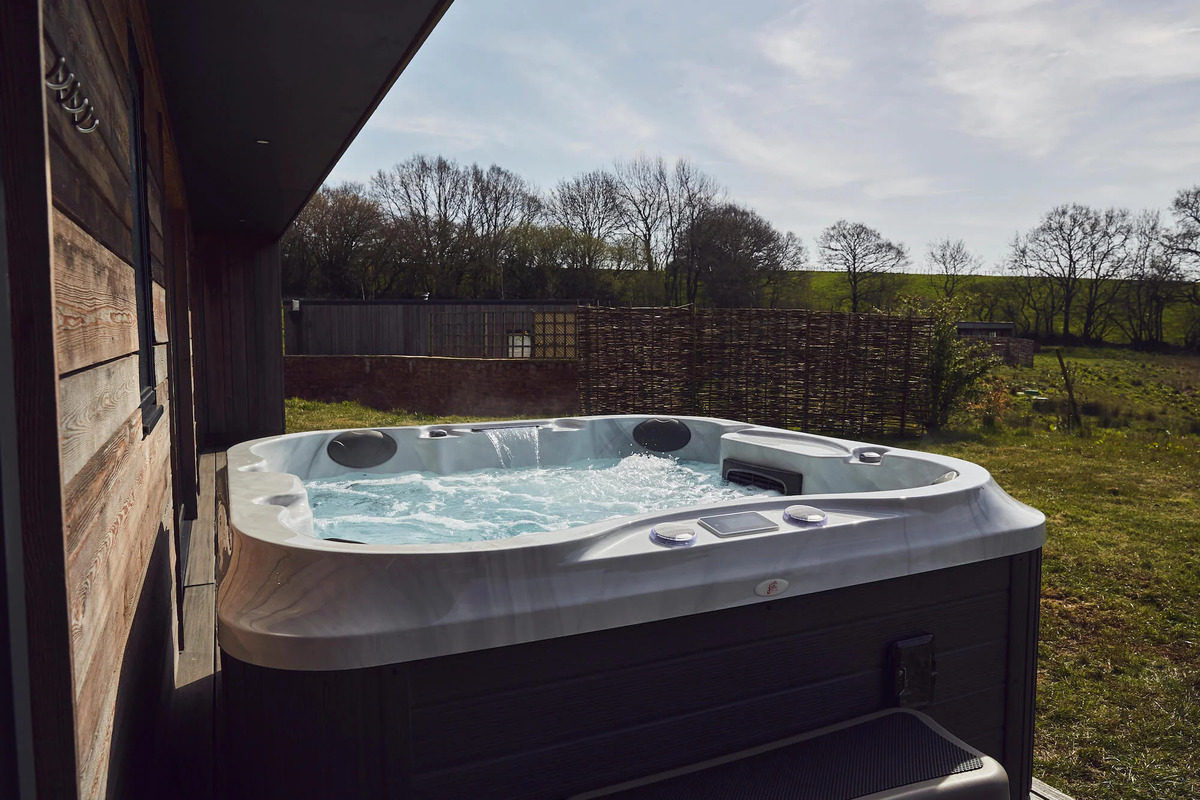
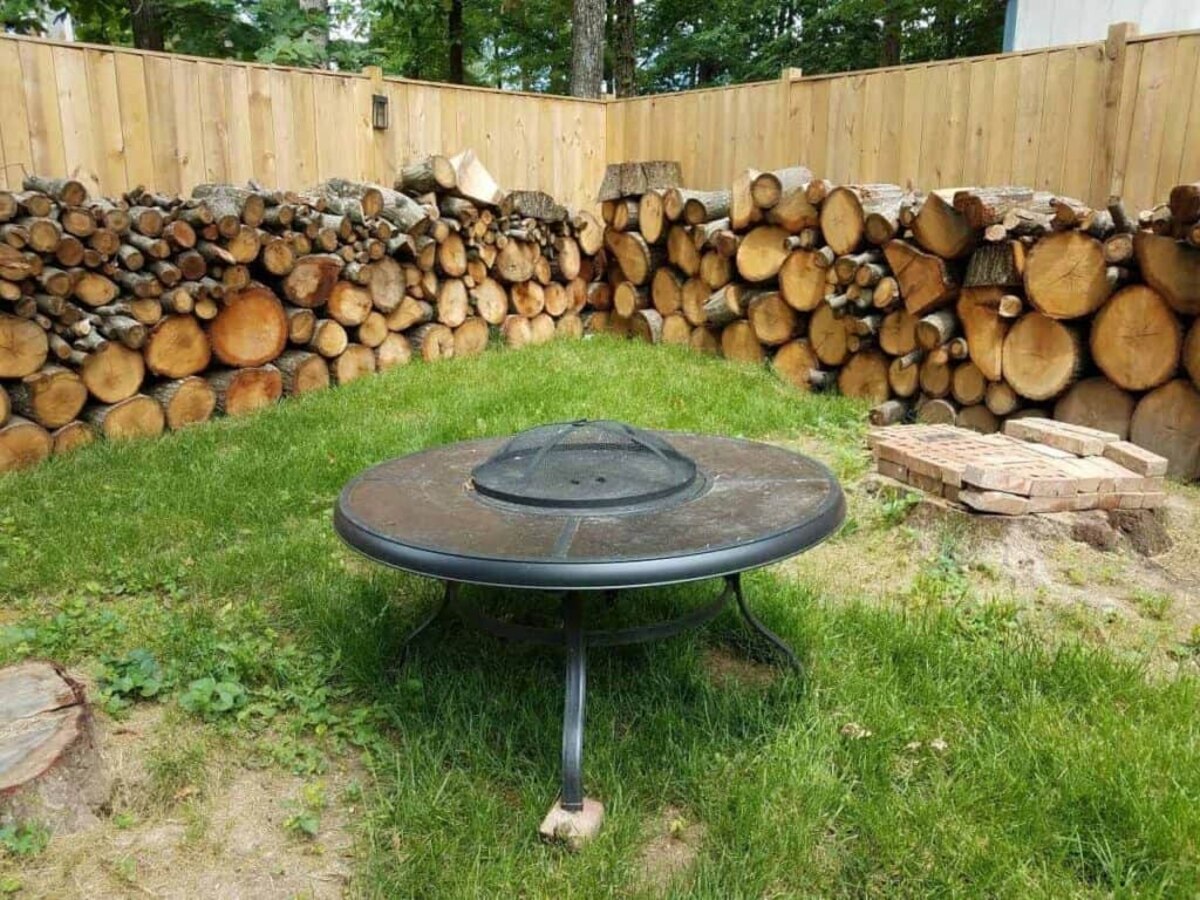
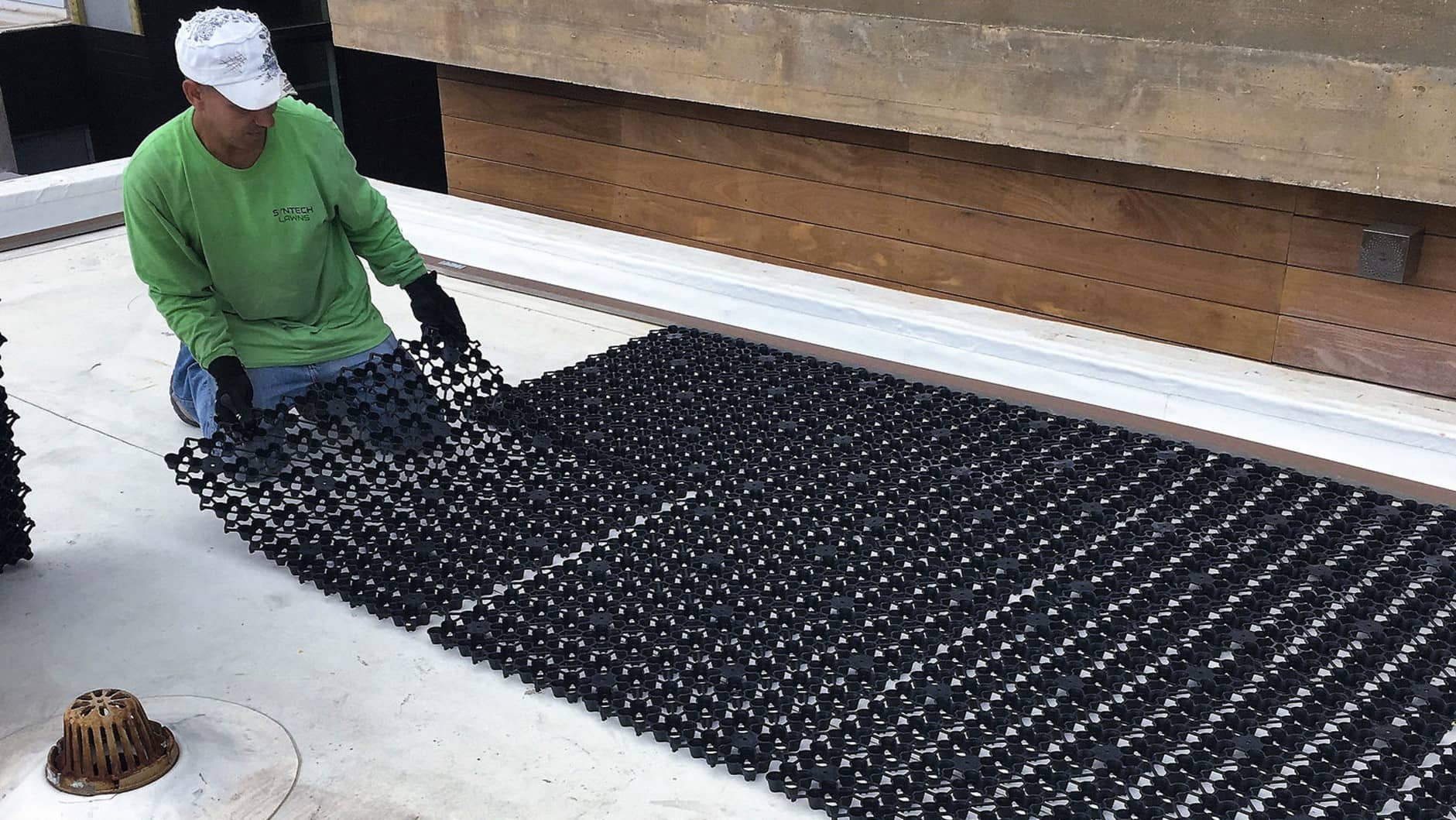
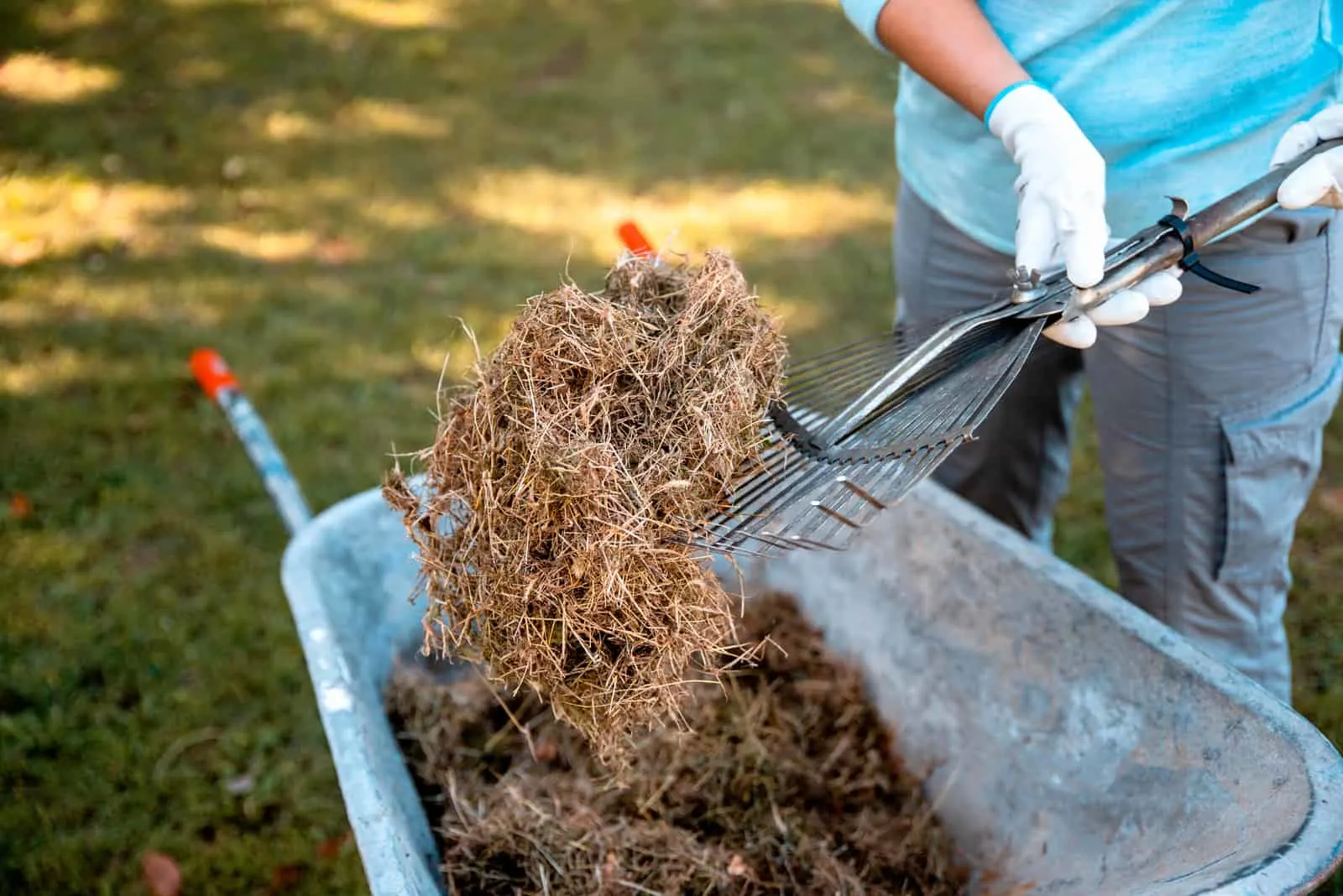
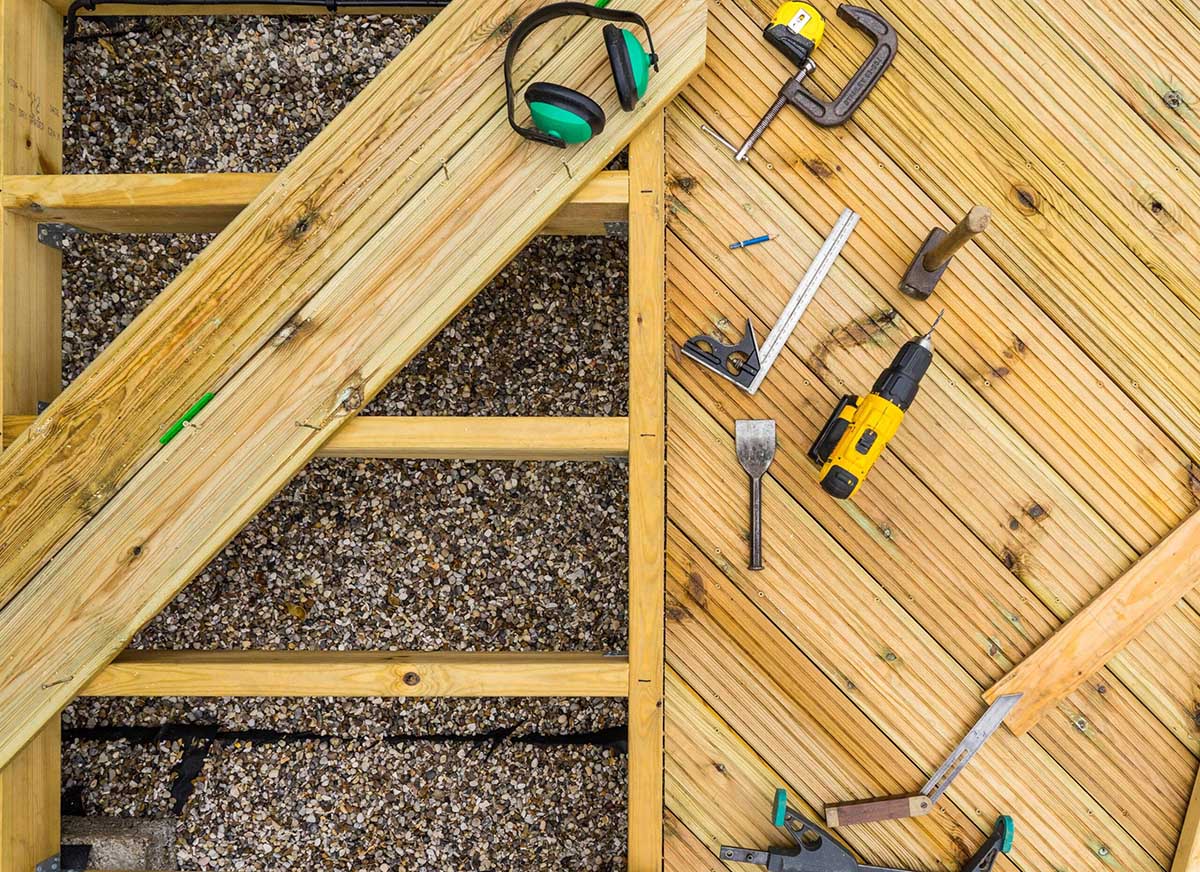
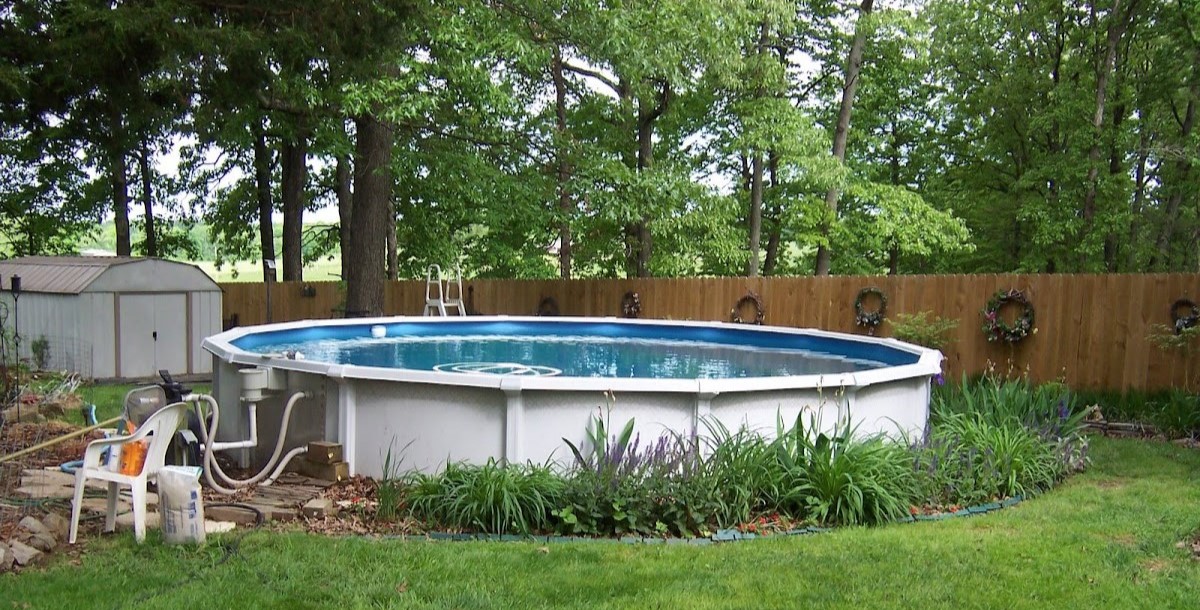
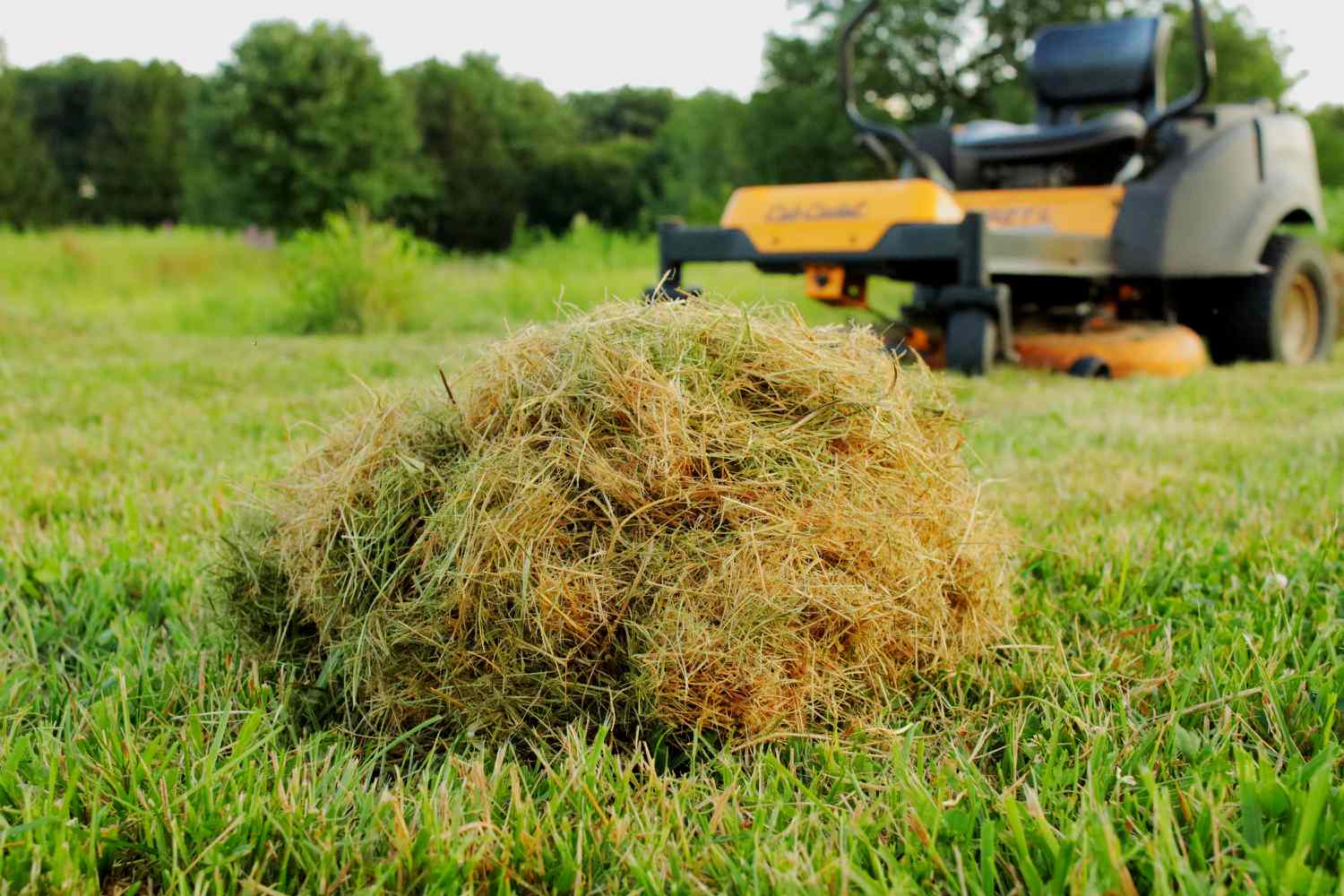
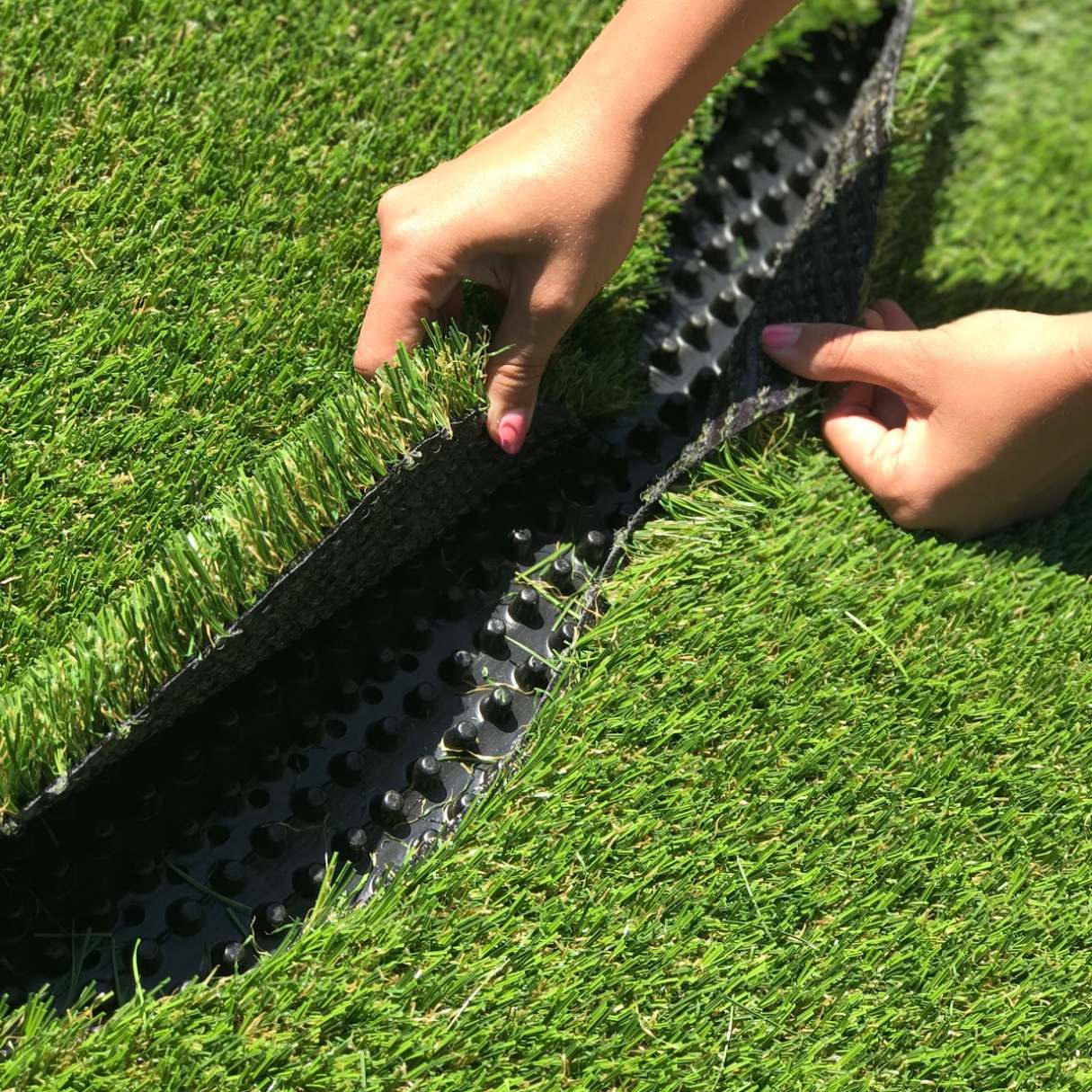
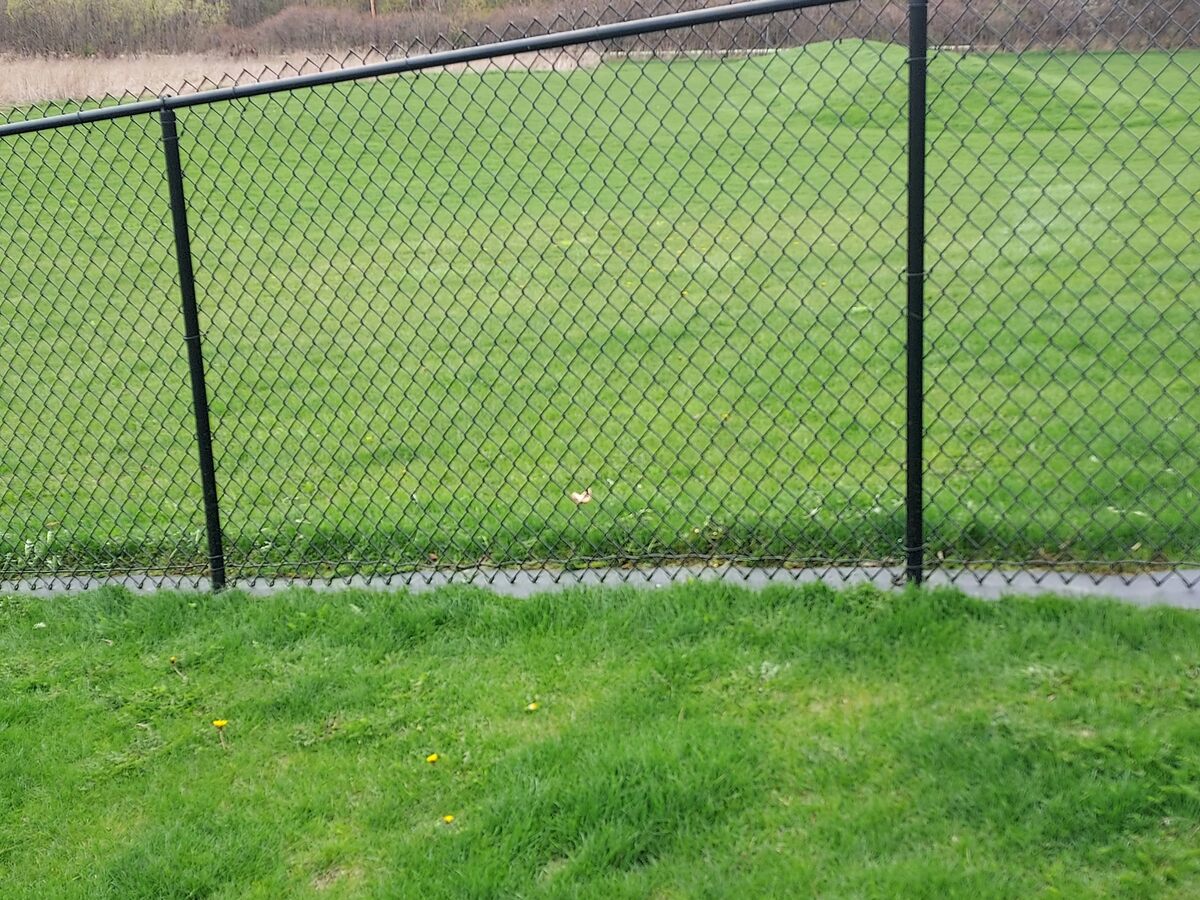

0 thoughts on “What To Put Under Mulch To Kill Grass”